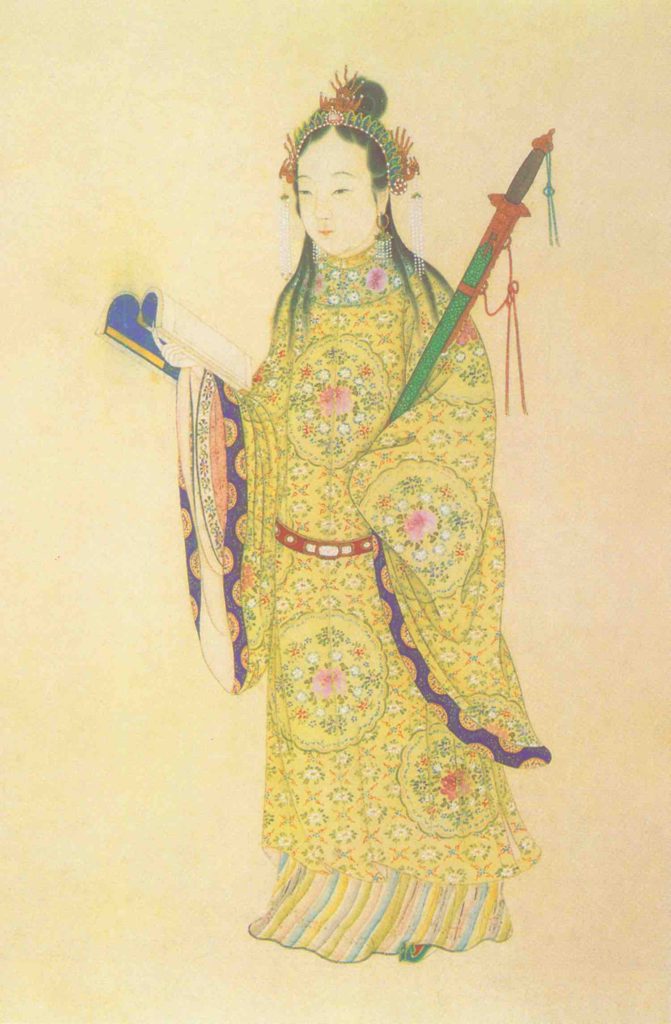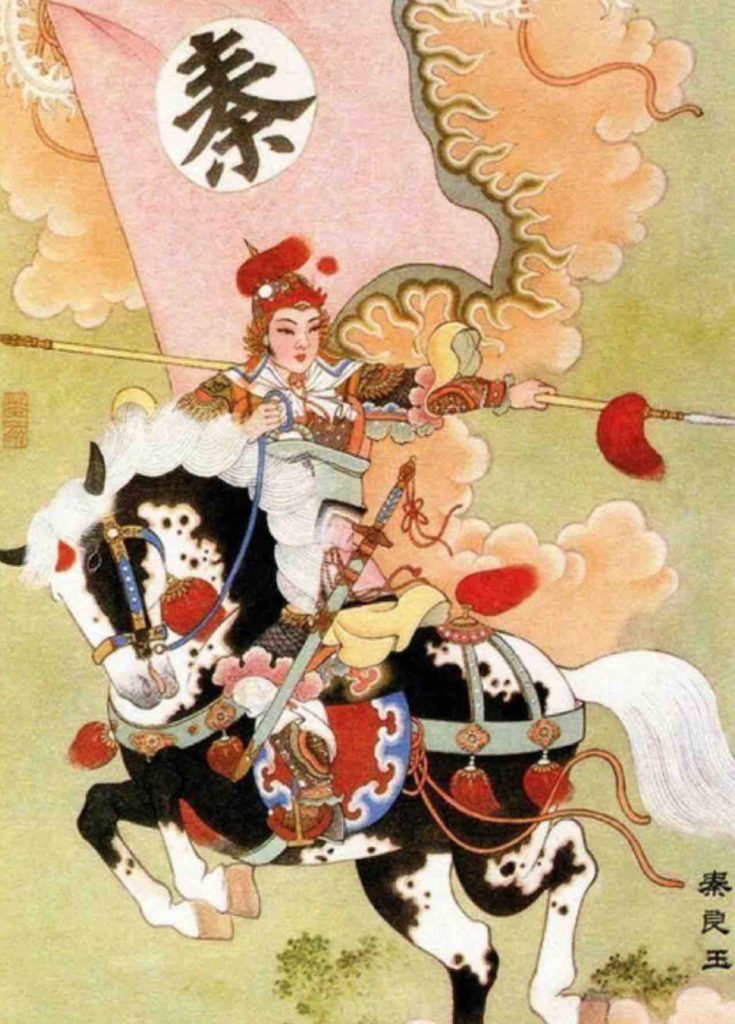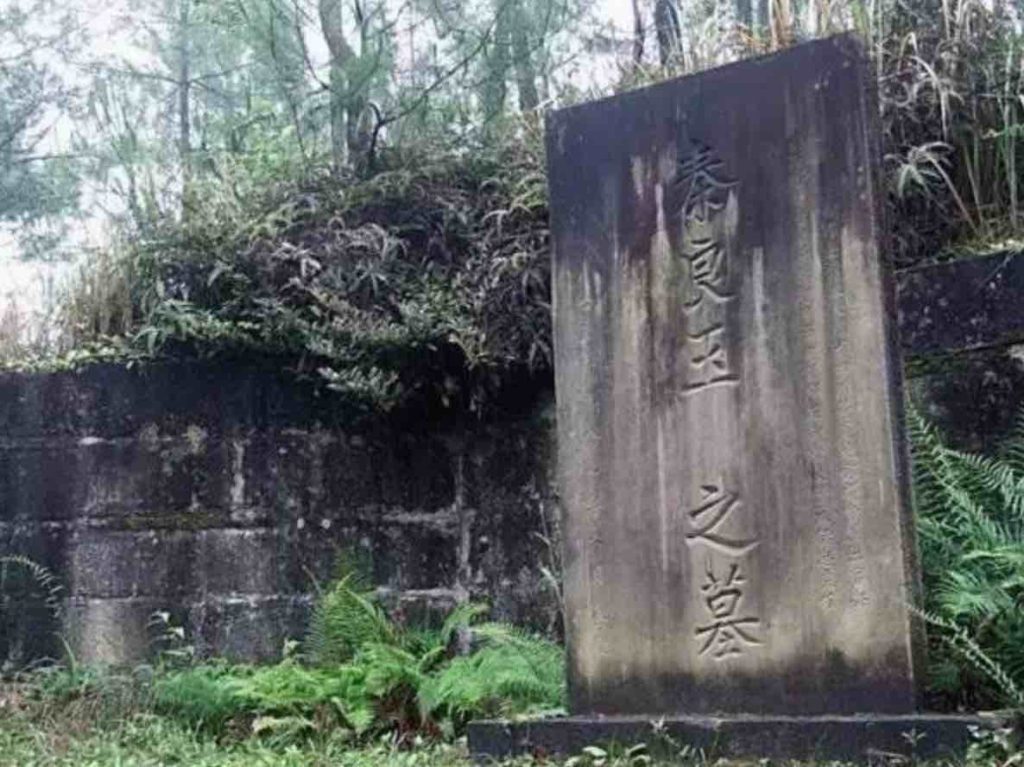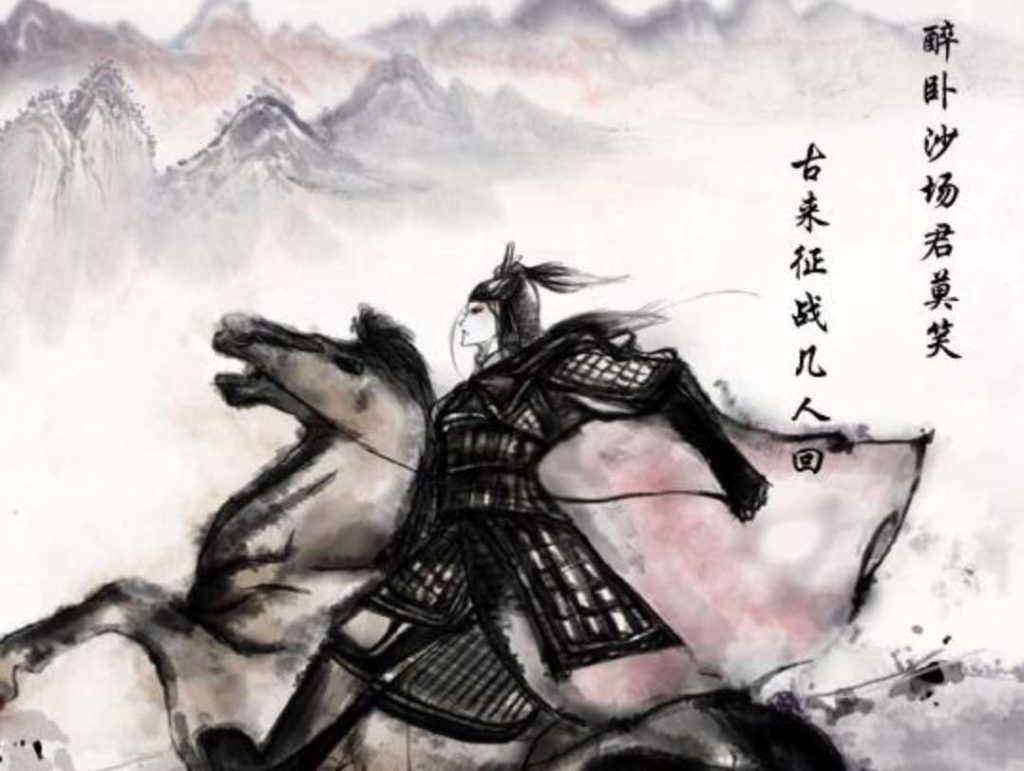In Fate/Grand Order, Qin Liangyu is a game character whose beautiful appearance attracts many players and even tutorial videos are made about her. But l don’t want to talk about the game, and l want to talk about the prototype of the character.
Look up the historical records about Qin Liangyu and you will find that she is a Ming Dynasty general. She was highly valued by the Ming, and she is portrayed as a loyal general and a virtuous Ming Dynasty woman. In short, she had all the positive comments about women in ancient China.

According to the military history of the Ming Dynasty, the Ming woman Qin Liangyu participated in five major battles during her lifetime. Of these battles, they can be divided into two categories. One category was the suppression of peasant uprisings, while the other category was the battles against external invasions.
In the eyes of the Chongzhen Emperor, Qin Liangyu’s contributions had surpassed male generals. She organized and trained the White Pole Soldiers. This armed force was known for its uniform use of white wooden spears. After the Battle of Sarhū, the Ming urgently called in local troops to aid Liaoning, and White Pole Soldiers were among them.
General Qin Liangyu’s Achievements
Qin Liangyu (1574-1648) was born into a scholarly family in Sichuan. She was influenced by the loyalty and patriotism at an early age. In her opinion, the ruling class represented the entire Ming Dynasty. She was extremely loyal to the Ming and would not hesitate to follow the emperor’s orders to suppress peasant uprisings. In essence, Qin Liangyu was a patriotic and loyal woman general.
In 1595, Qin Liangyu married Ma Qiancheng. At this time, Qin Liangyu did not ask her husband to spend more time with her. On the contrary, she encouraged her husband to make greater contributions to the Ming Dynasty. With Qin Liangyu’s help, they built up a brave and skilled local army, the White Pole Soldiers.
In 1599, Yang Yinglong staged a rebellion in Banzhou (Present-Day Zunyi, Guizhou). Immediately, the rebels were suppressed by the Ming soldiers. Qin Liangyu and her husband fought side by side in this siege against the rebels. Her husband led 3,000 white pole soldiers, while Qin Liangyu led 500 soldiers.

After the suppression ended, the rebels were all annihilated. Qin Liangyu and her husband built this armed force with their own hands, and it became even more famous. For her bravery, Qin Liangyu received a commendation from her superiors afterwards. The battle to crush the rebels was Qin Liangyu’s famous battle.
Sadly, Qin Liangyu’s husband passed away due to illness at the age of 41. After husband’s death, Qin Liangyu inherited his husband’s position. Afterwards, she gained the power to control a region. The White Pole Soldiers were more fully under her command.
In 1616, the threat of Nurhachu gradually increased. The Ming emperor urgently enlisted the armed forces of various localities to rescue the north. By this time, Qin Liangyu was 46 years old. Immediately after receiving the order, she led 3,000 soldiers to the north to resist the invasion of Nurhaci’s army. During the battle against the enemy, Qin Liangyu’s brother was killed and his younger brother was seriously injured. Her son was partially blinded after being hit by an arrow in one eye.
Worse still, some Ming troops chose to flee the battlefield before the battle due to the selfishness and cowardice. As a result, Qin Liangyu was very passive in battle. When the battle reached a fever pitch, it was always difficult for her to get help. This led to heavy casualties among the White Pole Soldiers, who had to return to Sichuan to recruit more soldiers.

Unfortunately, although Qin Liangyu was a valiant warrior, she still failed to stop the fall of the Ming Dynasty. After the collapse of the Ming, she did not submit to the Qing Dynasty. On the contrary, she continued to organize a resistance movement against the Qing until the moment of her death.
A fair Education is the Premise of Qin Liangyu’s Greatness
In fact, the status of women was very low in ancient China. In the Ming Dynasty, women were forced into specific roles. It was all decided at the time of their birth. Essentially, it was almost impossible for a woman in the Ming Dynasty to become a general.
Qin Liangyu’s breakout is an atypical case. Her achievement is closely related to her father. Qin Liangyu’s father’s name was Qin Kui. He was an enlightened intellectual and advocated that women have the same right to education as men.
As a result, Qin Liangyu received a good education from an early age. Under her father’s guidance, Qin Liangyu not only received a Confucian education, but also learned to ride horses and shoot arrows along with her brothers. All of this laid the foundation for her to later become a female general.

If Qin Liangyu’s father did not approve of her education, then no matter how gifted she was, she would not be able to get the opportunity to go to the battlefield and earn war merits. Therefore, her father’s concept of equal education was a prerequisite for Qin Liangyu’s achievement.
In conclusion
In ancient China, the status of women had always been very low. The gender of famous Ming Dynasty characters was also dominated by men. For example, the eunuch Wei Zhongxian, the general Xu Da, and so on.
In fact, women’s abilities in all aspects were not inferior to men. It is only that a large number of ancient Chinese people were deeply affected by male domination of women.
In the mindset of these people, women were only tools for reproduction. They did not need to study or receive higher education. As a result, this led to many female geniuses being overlooked.
Qin Liangyu is also very rare in the entire history of China. Her father’s equal treatment was a key factor in creating her achievements.




